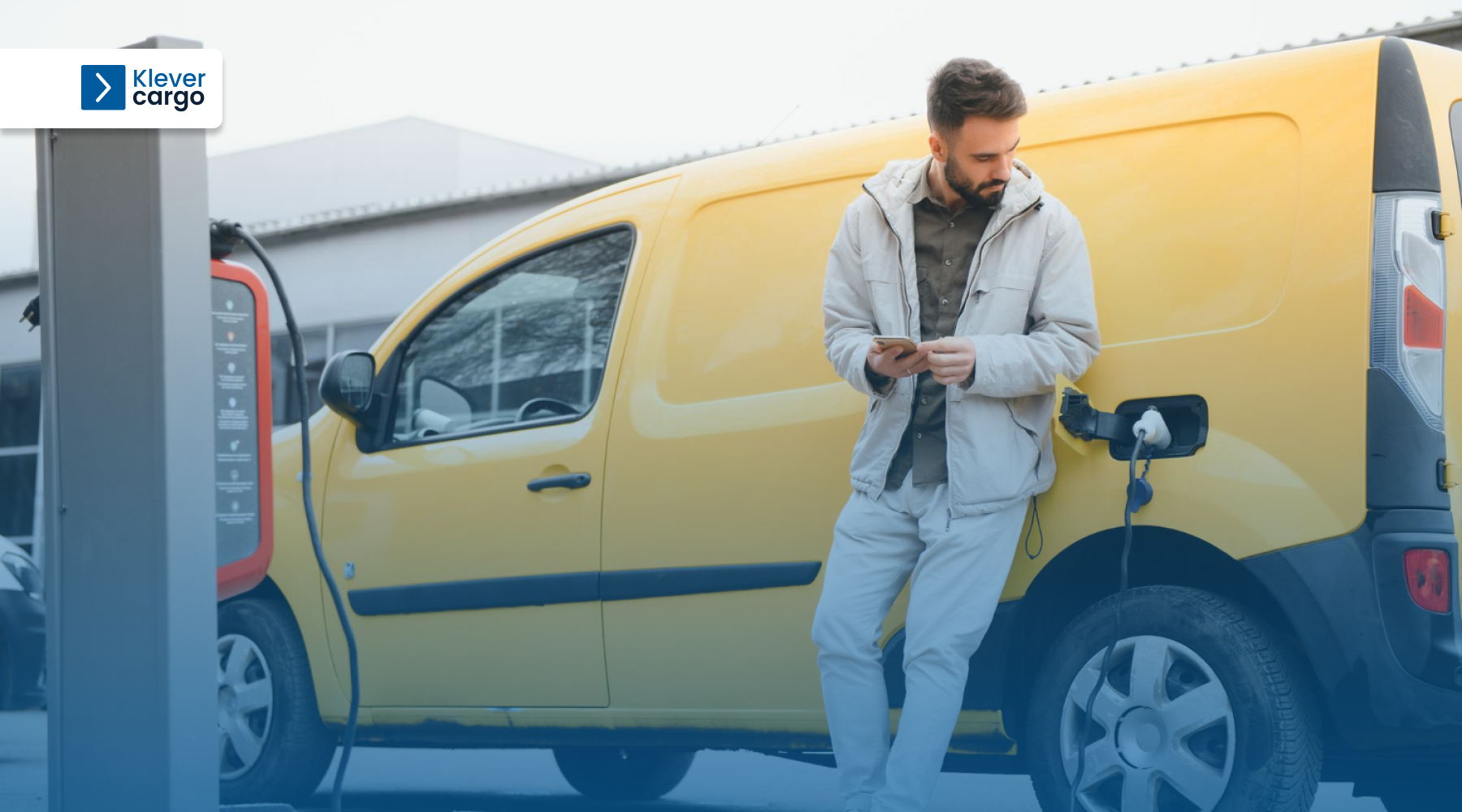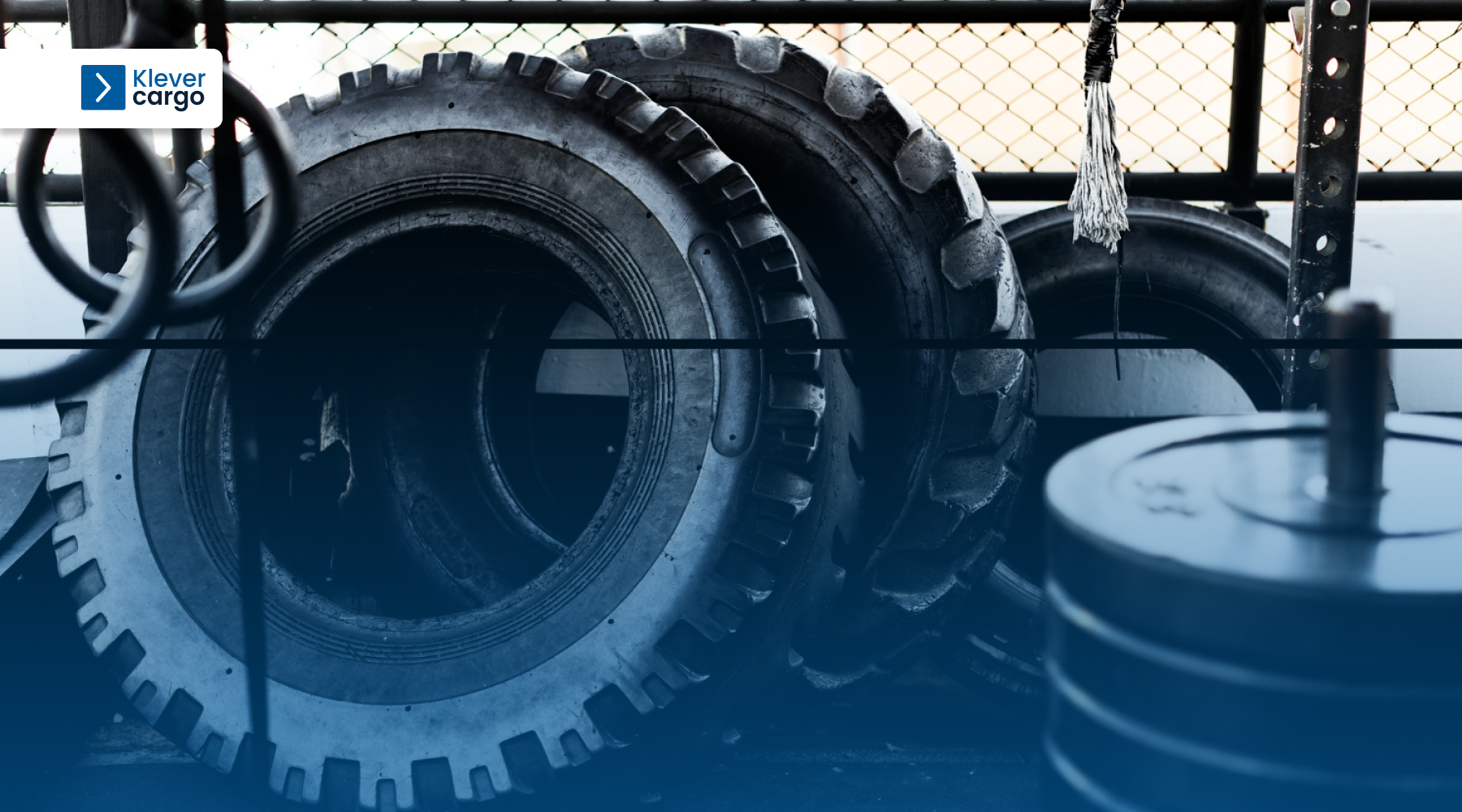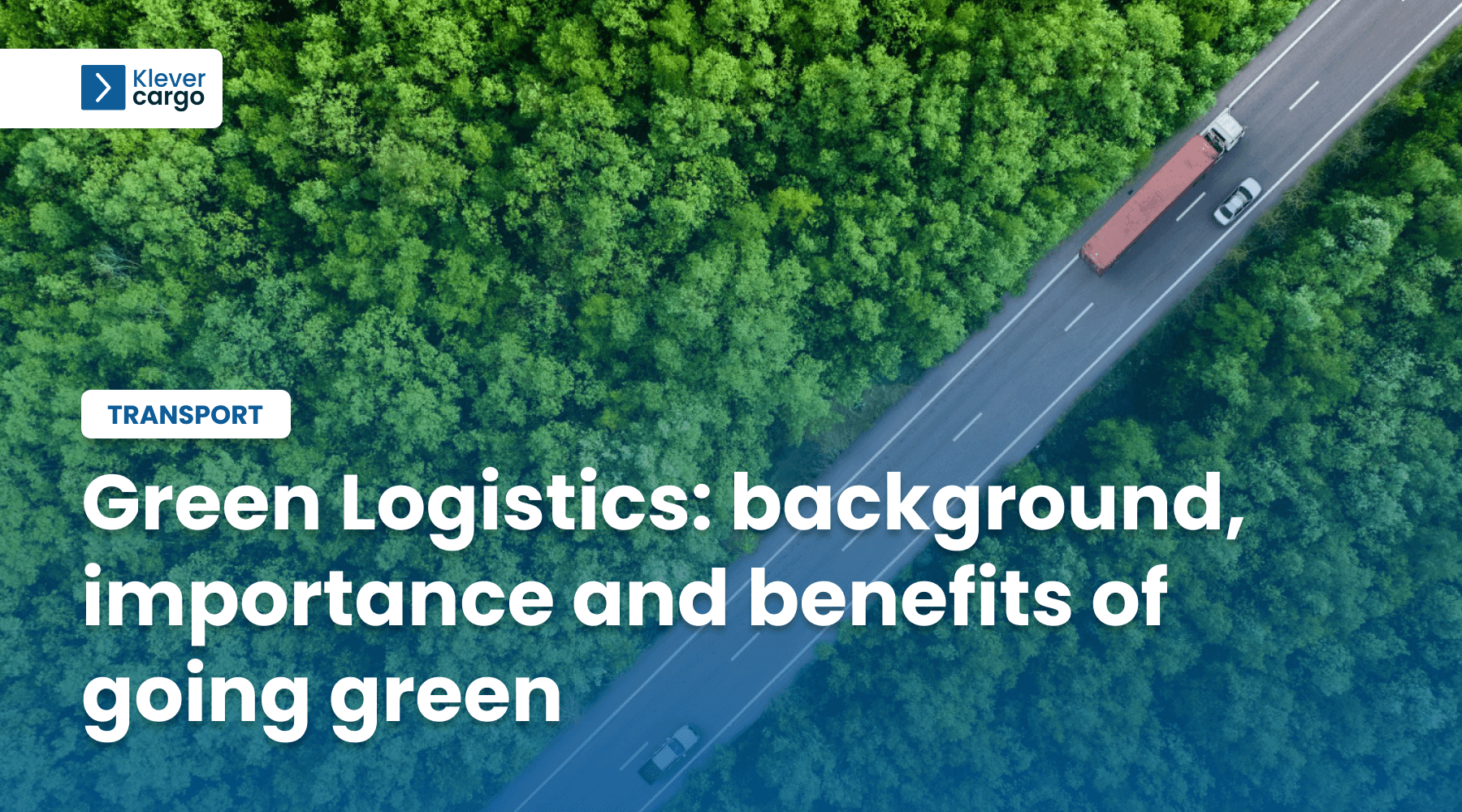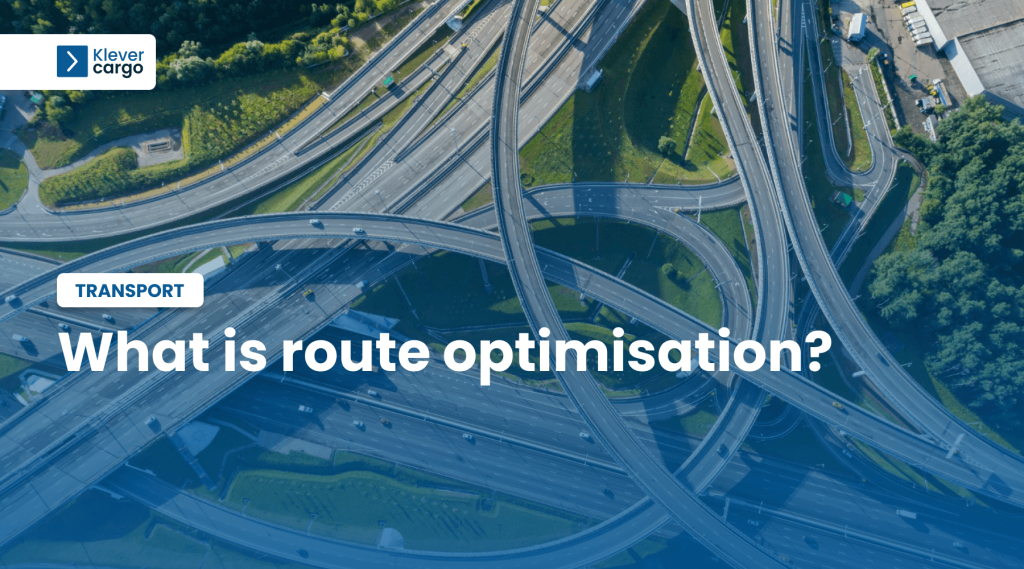In today’s rapidly evolving world, embracing sustainable practices is imperative. Numerous sectors are making a concerted effort to reduce their ecological footprint, and logistics is no different.
The concept of green logistics aims to minimise the environmental impact of transportation and supply chain activities. It creates a more environmentally friendly way of moving goods, where the main goal is to switch to eco-friendly alternatives.
In the following words, we’ll explore the significance and benefits of green logistics. Furthermore, we’ll explain how businesses can implement sustainable practices in their logistics operations.
What is green logistics?

Green logistics refers to using eco-friendly practices to decrease the negative impact of transportation on the environment. It’s all about efficiently transporting materials and goods while considering the ecological, social, and economic objectives.
Logistics activities such as deforestation, carbon emissions, and energy consumption are considered harmful to the planet. However, by transitioning to green practices, companies can significantly reduce these negative impacts while also saving money and improving efficiency.
Green logistics apply to every part of the process, including:
- manufacturing;
- storage;
- transport;
- marketing;
- disposal of products.
The main goal of green logistics is to find a balance between ecology and economy. To do so, companies need to manage transportation by doing things that are good for the environment while still making a profit. Some examples of green logistics strategies include:
- using recyclable materials;
- reducing energy consumption;
- dealing with carbon emissions from waste management;
- efficient route planning;
- vehicle optimisation;
- green technology adoption.
Green logistics is becoming more important as more people become environmentally conscious. Hence, they choose green companies whenever possible. Local authorities have also recognised the importance of green logistics. That’s why going green with new environmental regulations is becoming a requirement.
Green logistics background

In the early 1990s, the idea of ‘green logistics’ began to take shape as people became increasingly aware of and responsible for the challenges posed by global warming and environmental pollution.
More and more people are aware that transport negatively impacts the environment, contributing to problems such as climate change, air, water and noise pollution. As a result, they realised the need for sustainable improvements in logistics.
This led to the development of green logistics. It focuses on finding ways to minimise the environmental footprint of logistics operations. Ever since these green strategies appeared, they got increasingly popular. Companies and individuals realised they must be more conscious of their environmental impact. As a result, they had to find more eco-friendly solutions.
How to implement green logistics?

-
Optimise transportation
The transportation industry is responsible for about 25% of the total greenhouse gas emissions. That’s why improvements to route planning are an excellent start toward making logistics greener.
With the help of advanced routing algorithms, GPS technologies, and real-time traffic updates, we can effectively reduce carbon emissions by up to 30%. Minimising mileage and fuel consumption are practical and efficient solutions that can positively impact the environment and contribute towards a more sustainable future.
A great example would be a platform like KleverCargo, which simplifies the process of finding cargo and available vehicles. You avoid empty runs by easily finding loads and setting up transportation. So naturally, that leads to fewer expenses and less CO2 emissions.
-
Green Vehicles
In 2021, there were roughly 2300 electric trucks on European roads, and this number continues to grow. Many experts believe electric vehicles are the transportation industry’s future due to their environmental friendliness.
It’s becoming advisable to adopt eco-friendly modes of transportation, such as hybrid or electric trucks, to reduce carbon emissions. Moreover, ensuring regular vehicle maintenance and driver training programs can significantly enhance fuel efficiency. In addition, there are other options to try, like vehicle sharing or alternative fuels.
-
Sustainable Packaging
Opt for environmentally-friendly packaging materials that can be recycled, biodegraded, or made from renewable resources. These include corrugated bubble wrap, biodegradable packaging peanuts, kraft paper, etc.
Aim to reduce packaging waste and encourage the use of reusable containers. Prompt producers to use these materials and optimise their design to minimise material usage.
-
Energy Efficiency

To become more energy efficient, you can apply various strategies like:
- LED lights;
- solar panels;
- optimise heating and cooling;
- energy-efficient equipment.
-
Select sustainable suppliers
When choosing suppliers, it’s essential to take the environment into account. Look for suppliers with environmental certifications, sustainable practices, and those who are nearby to minimise transportation distances.
By working with suppliers and customers who prioritise eco-friendliness, you can lead by example and inspire others to do the same. Don’t hesitate to encourage other suppliers to adopt sustainable practices and offer alternative solutions. Also, consider collaborating on shared transportation and warehousing to lessen your environmental footprint.
-
Collaboration and consolidation
It’s important to foster collaboration among various supply chain stakeholders to improve transportation efficiency. An ideal way to achieve this is by consolidating shipments and reducing empty backhauls.
-
Constant improvement
It’s essential to keep track of your progress and identify areas where you can improve. You can stay up-to-date on the latest green technologies by continuously searching for new solutions.
Utilising cutting-edge technologies like IoT sensors, big data analytics, and artificial intelligence can help improve logistics efficiency and minimise waste. These advanced tools are capable of supervising and refining logistics operations.
Green logistics vs Reverse logistics

Green logistics focuses on implementing green practices throughout the supply chain. Its main goal is to reduce environmental impact. In contrast, reverse logistics handle product returns, and the material flows through the supply chain.
Green logistics is all about using sustainable strategies to minimise environmental impact. That includes energy consumption, greenhouse gas emissions, and waste generation. Reverse logistics shares the same idea about finding green solutions for logistics activities. However, reverse logistics deals with different processes, like:
- product returns;
- recycling;
- waste management;
- repairs;
- proper disposal.
To clarify, here is an example of reverse logistics in the act. Recycling old tyres can be a great idea since recycled tires can provide scrap rubber, which is useful in construction and civil engineering. This material can be used to construct roads, soundproof walls, bridge foundations, and more.
Reverse logistics allows companies to manage their product flow in an environmentally friendly way. Utilising this concept, companies can minimise waste and increase profits by recycling or refurbishing products instead of throwing them away.
Both green and reverse logistics play crucial roles in creating sustainable logistics, with the main difference being that green logistics employs strategies that cover the entire supply chain. On the other hand, reverse logistics focuses on solutions for product returns and material management.
Why is green logistics important?

Green logistics is important because it offers simple solutions to significant problems, such as:
-
Climate change
Fossil fuels, including coal, oil, and gas, are the primary source of global greenhouse gas emissions that contribute to climate change on a global scale.
The transportation industry is a significant contributor to these emissions, as 93% of the final energy consumption in transportation is derived from fossil fuels, whether through road, rail, sea, or air travel. That’s why it was urgent to reduce greenhouse gas emissions, making green logistics the perfect solution.
-
Air pollution
In transportation, vehicles emit gasses like nitrogen oxides that contribute to air pollution. Poor air quality can cause severe health risks, so addressing it is essential for a healthier environment.
-
Resource depletion
The logistics and transportation industry heavily relies on non-renewable resources, particularly fossil fuels. These resources are limited and slowly disappearing. Hence, switching to more sustainable energy sources is vital.
-
Environmental regulations
Governments realised the importance of preserving our ecosystem. To succeed in that process, they made stricter environmental laws and regulations.
This also applies to the transportation industry. They must limit emissions and promote energy efficiency. Companies risk penalties and legal consequences if they don’t comply with these rules.
-
Customer demand and reputation
The number of customers who care about the environment is constantly increasing. They’re always looking for products and companies that share their opinion. Because of that, there is a growing demand for sustainable transportation and logistics solutions. Companies that don’t address these demands risk losing customers and damaging their reputations.
-
Cost reduction and efficiency
Green logistics are an excellent way for companies to reduce costs. They also offer the benefit of improving operational efficiency. Things like fuel-efficient vehicles or optimised routes are great examples. They result in fuel savings and reduced maintenance costs.
-
Innovation and technological advancements
Many owners feared that green logistics would cause major expenses. However, green logistics will certainly pay off in the long run. Electric vehicles and renewable energy sources make green logistics an affordable solution. As technology advances, these new solutions will pay themselves off in the future.
Benefits of green logistics
Implementing green logistics brings several benefits, both for businesses and the environment. Let’s explore the advantages of green logistics in each aspect.
1. Business benefits

-
Cost savings
Green logistics will undoubtedly bring a return on investment in the long run. Factors like energy efficiency and optimised routes contribute to lower costs. In addition, with less energy and less fuel consumption, companies can experience drastic cost savings.
-
Competitive advantage
With sustainability in mind, businesses can get a significant competitive advantage. Once a company is committed to green practices, it attracts like-minded customers. That leads to a better brand reputation and more customer loyalty.
-
Regulatory compliance
Green logistics practices help businesses comply with environmental regulations and standards. By opting for these practices, companies can avoid penalties and legal risks. They’ll also avoid reputational damage associated with non-compliance.
-
Operational efficiency
Green logistics focuses on optimising processes and resources. This affects the entire supply chain. It enhances its performance with streamlined operations and better inventory management.
2. Environment benefits

-
Reduced Carbon Footprint
Green logistics reduce carbon emissions through energy-efficient transportation, alternative fuels, and optimised routes. This prevents climate change and helps meet global emission reduction goals.
-
Conservation of natural resources
Sustainable practices in logistics drastically help conserve natural resources. Green logistics reduce ecosystem damage and promote resource efficiency by minimising resource usage.
-
Air and water quality improvement
Implementing green logistics reduces air pollution and improves air quality. That occurs by minimising emissions from transportation and optimising energy usage. Also, proper waste management contributes to cleaner water and healthier ecosystems.
-
Sustainable future
By embracing green logistics, businesses play a crucial role in promoting a sustainable future. They contribute to the development of cleaner technologies. That can inspire other industries to apply sustainable practices. That creates a positive effect throughout the global economy.
What are the challenges of green logistics?

Green logistics has several challenges. For example, organisations may need to invest in technologies, equipment, and infrastructure upfront to adopt green logistics practices. Although these investments can lead to long-term cost savings, they may challenge small and medium-sized enterprises due to their initial costs.
On the other hand, in certain areas, implementing green logistics may prove challenging due to the insufficient availability of electric vehicle charging stations or intermodal transportation hubs. This could limit the broader adoption of sustainable logistics practices.
The most significant obstacle is the complicated nature of the supply chain network. The supply chain involves multiple parties, such as suppliers, manufacturers, distributors, and retailers. Promoting eco-friendly practices is hard when there’s a lack of cooperation, information sharing, and agreement on goals.
Modern technology allows for streamlined collaboration and eco-friendly logistics in one place, providing convenience and sustainability. For instance, the KleverCargo platform offers you supply chain participants in one place. With numerous other features, like documentation centralising, a simple notification system, and mobile compatibility, it’s an excellent way to simplify the supply chain and make it greener and more efficient.
Green logistics is a necessity

Green logistics became a necessity in this age. It raises awareness about the problems we face, including climate change and greenhouse emissions. By switching to greener practices, businesses can save costs, become more efficient, and be more competitive, while preserving the environment at the same time.
Applying green logistics can be challenging, but the shift doesn’t have to be an obstacle by taking one step at a time and utilising quality solutions like the freight exchange platform KleverCargo.
Ultimately, green logistics is a solution that creates a sustainable future with both economic and environmental benefits in mind.


